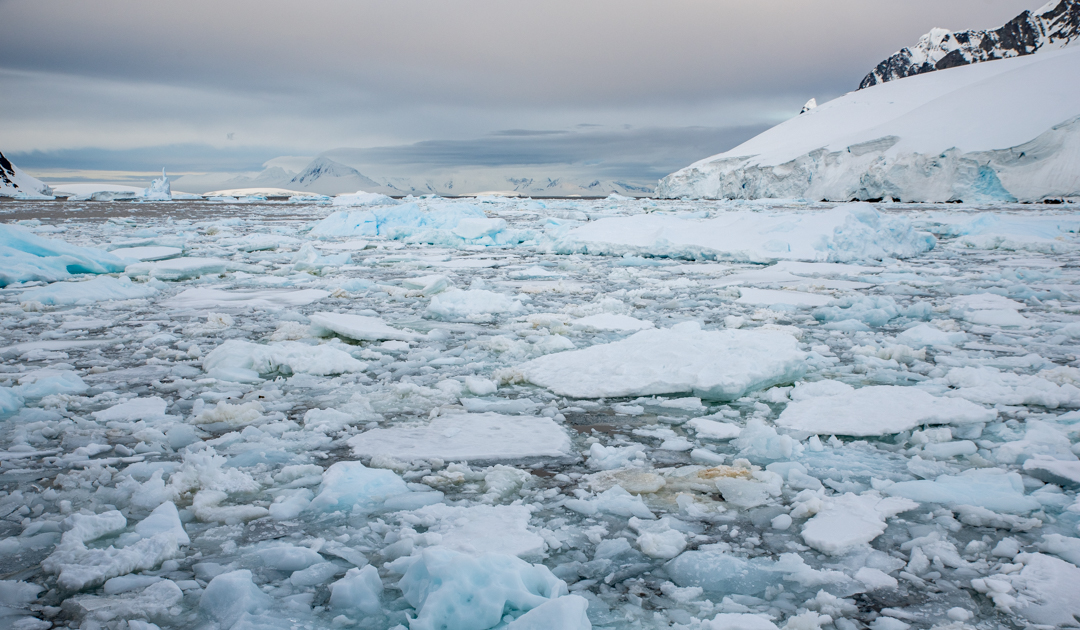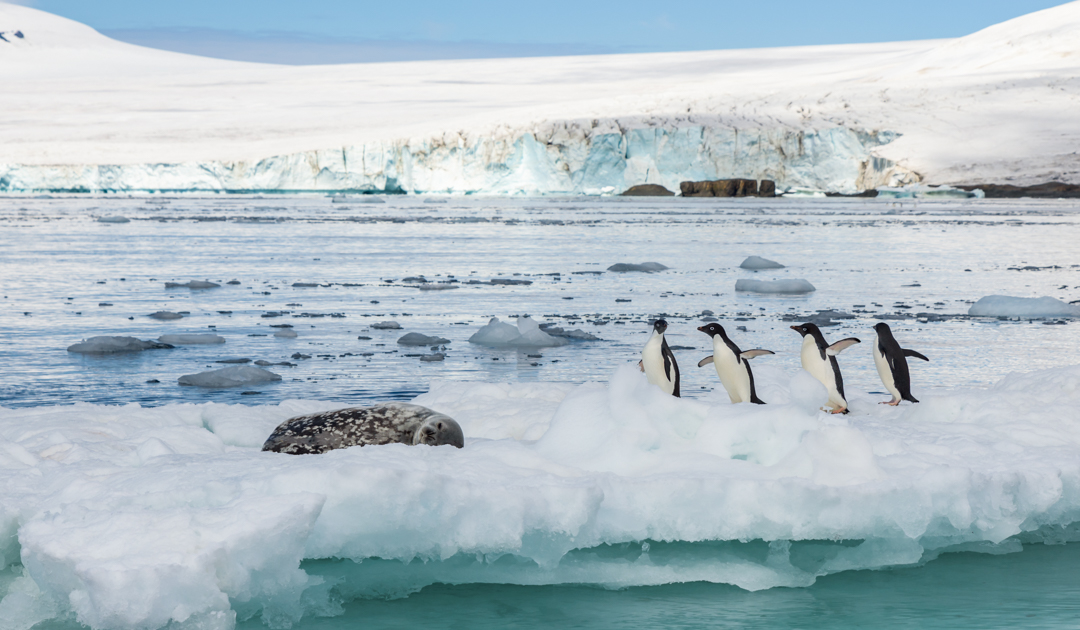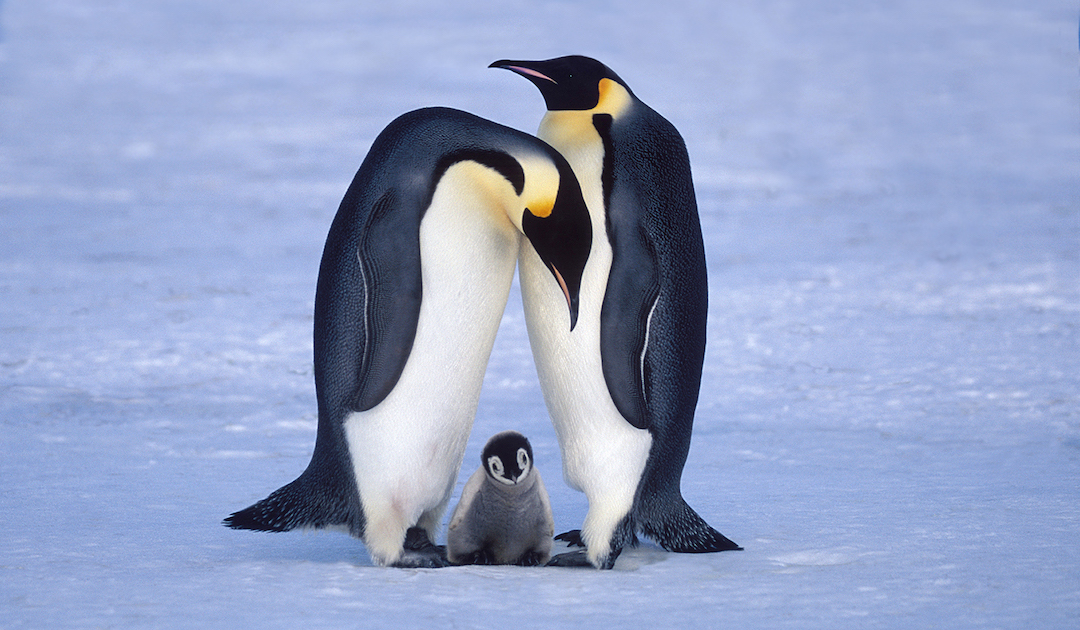
Scientists have found that summer sea ice in the Weddell Sea area of Antarctica has decreased by one million square kilometers – an area twice the size of Spain – over the last five years, with impacts on the marine ecosystem. The results will be published in June in the journal Geophysical Research Letters.
Sea ice that surrounds Antarctica provides an important habitat for many species, including penguins and seals, which rely on sea ice for foraging and breeding.
An international team of researchers studied satellite records of sea ice extent and weather analyses starting in the late 1970s to understand why summer sea ice in the Weddell Sea area of Antarctica has reduced by a third over the last five years. They found that ice loss occurred due to a series of severe storms in the Antarctic summer of 2016/17, along with the reappearance of a polynya (an area of open water in the middle of pack ice) which had not occurred since the mid-1970s.
The study’s lead author Professor John Turner, a climate scientist with the British Antarctic Survey, says: “Antarctic sea ice continues to surprise us. In contrast to the Arctic, sea ice around the Antarctic had been increasing in extent since the 1970s, but then rapidly decreased to record low levels, with the greatest decline in the Weddell Sea. In summer, this area now has a third less sea ice, which will have implications for ocean circulation and the marine wildlife of the region that depend on it for their survival.”

The ocean around Antarctica freezes in the austral winter, doubling the size of the continent. By the end of September, the extent of the sea ice reaches over 18 million square kilometers. Through spring and summer, the sea ice almost completely melts in most parts of Antarctica, with a significant amount of sea ice remaining in the Weddell Sea only.
In austral summer, there are few storms around Antarctica, but in December 2016, a series of intense and unseasonal storms developed in the Weddell Sea, which drew warm air towards Antarctica, melting a large amount of sea ice. The ice-free ocean absorbed energy from the sun and then created a warm temperature anomaly in the ocean that still persists today.

In the winter of 2016, a polynya developed in the Weddell Sea, which also contributed to the general decline in sea ice extent. This polynya was caused by strong winds during the storms and the unprecedentedly warm water temperatures.
This recent rapid loss of sea ice is affecting both the ecosystem of the Weddell Sea and the Antarctic flora and fauna in general. Many species, ranging from tiny ice algae and krill to seabirds, seals and whales, are highly adapted to the presence of sea ice. If the drastic changes observed continue, they will have an impact on the entire food chain, from affecting nutrients to the reduction of essential habitat for breeding and feeding a large number of animals, such as ice-associated seals and some penguin species.
“The dramatic decline in sea ice observed in the Weddell Sea is likely to have significant impacts on the way the entire marine ecosystem functions. Understanding these wider consequences is of paramount importance, especially if the decline in ice extent continues”, says co-author and ecologist Professor Eugene Murphy of the British Antarctic Survey.
Because of the large variability of Antarctic sea ice extent from year to year, scientists cannot be sure whether the ice in the Weddell Sea will recover to pre-2016 levels in the short term or whether they are seeing the beginning of the expected long-term decline in sea ice.
Source: British Antarctic Survey
More on the subject:





